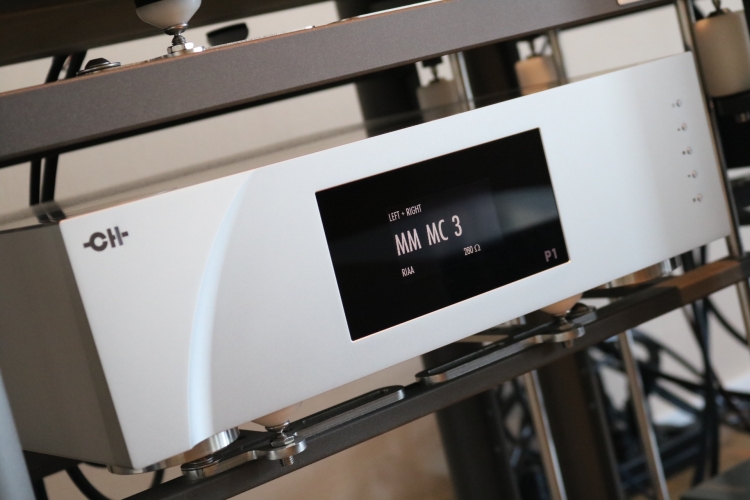
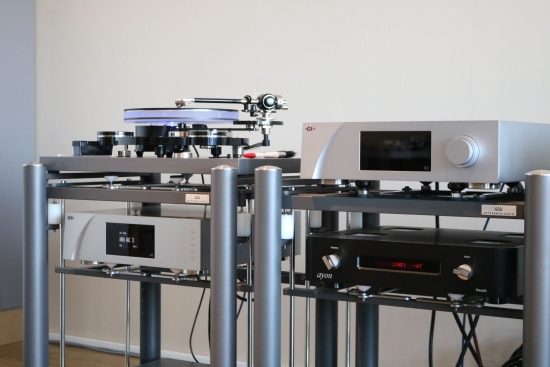
Sound
I was hugely impressed already with the P1 on functionality alone but using the MM/MC Voltage Mode input, having settled on a 300-ohm setting for the Aidas Rainbow cartridge in the Origin Live turntable, my jaw truly dropped when I listened to the first record. It was only a very middle-of-the-road early Sade album with flat dynamics but within the first minute, it was clear that the P1’s extra expenditure really does bring an awful lot of extra performance to the table. The Origin Live Calypso mk4 already proved its superiority over the Thorens using the Benz Lukaschek PP1 phono stage but when combined with the P1, the performance truly is something else. With the P1, there is this immense purity to the sound, as if one is coupled much more directly to the source but not at all in a “digital” or overly controlled manner. Nor is it a typical “analog” warm-and-cuddly-tube-sound manner. Rather, the P1 instills the overwhelming sense of listening to the music itself, pure and simple. Vocals are seductive, acoustical instruments are highly convincing and there is just no restraint whatsoever. With either the Kroma’s or the Logans, it’s like the preamp is not there. That being the case, as well as because its contribution is infinitely variable depending on the chosen input, settings, and cartridge/arm synergy, the P1 is very difficult to describe in absolute sonic terms.
So, how does one explain the merits of a component that is so utterly transparent and has no discernible character of its own? By explaining what it doesn’t do. The P1, first and foremost, does not color the sound in any way yet it absolutely does not sound bleak, thin, cold, or devoid of soul. The P1 also does not compress the dynamics, rather, it is more immediate and expressive than any other phono preamp that I have used so far. Further, it does not round off the transients in order to add a sense of fluidity, richness, or smoothness, yet it sounds utterly free-flowing and is absolutely not dry. It is not too fast and it is not too slow and it does not add any excess weight to the bass, yet it can sound every bit as thumping or bombastic as the recording requires.
Yes, the P1 is extremely neutral and in a way, it is analytical – it lets you hear everything. However, it does not have a calculating, cool, or clinical character. On the contrary: it is hugely involving emotionally and it has a highly lyrical way with melodies such that it made me want to listen to the entire aforementioned Sade album even though I must have already heard it a million times. But weren’t the Kroma’s perhaps painting an overly rosy picture, one might ask. It’s a valid question but from comparisons with the other phono stages, I already knew this was not the case. Furthermore, having not only the rich and full-bodied Kroma Audio Carmens at hand but also the extremely transparent and clean Martin Logan ESL 15A’s, with which the P1 works just as sublimely, it was absolutely clear that the P1 walks the ideal but very narrow path between technical perfection and musical engagement.
The Benz Lukaschek PP-1 is not as refined or as pure and certainly not as transparent as the P1. But by being less well-differentiated, it comes across as being a little creamier. However, this is offset by the unit’s extremely high input resistance and the result is a phono stage that sounds full-bodied yet frequently also a little too forward. In hindsight, the Pass X-Ono and XP-17 were probably also a little warmer and/or thicker in the bass, making a case for the CH P1 to be judged to sound slightly cooler in comparison. It’s just that with either the Kromas or the Logans the P1’s lack of smear works to enhance the musical flow rather than dissect it. Warmer and smoother-sounding components can sound alluring at first but that is only until you realize that the additional warmth might be pleasant but is always of the same kind (like always eating the same dish) and is actually masking the finer details of the music.
The P1 is supremely articulate and has zero excess fat yet it absolutely does not sound cool to me in the slightest. On the contrary: when playing Soul, the sound is full-bodied and with R&B, the bass synths are absolutely throbbing.
Voltage/Current amplification
So far, my descriptions of the P1’s performance were based on listening to it using the voltage mode input. The manual states that MC cartridges are particularly well-suited to using current amplification due to their inherent low internal resistance. It is not mentioned what constitutes a low value nor do I know where the Aidas’ 4 ohms coil DC resistance stands on the scale but this did not stop me from giving the Current inputs a try. As it turns out, the difference with the voltage input is very large and, likely, an opinion divider. Whereas I had a distinct feeling that the voltage input was extremely precise and articulate the current input seems to be less preoccupied with such technicalities and puts the tonality and flow of the music first. Although I find the voltage input to be technically perfect as well as emotionally involving, the current input takes the latter a considerable step further. In a word, with the current input, the sound becomes less technical and even more organic. It’s a darker and fuller sound and more a “sound as a whole” presentation rather than a dissection of separates. Here, too, the gain can be adjusted as needed but in this case, that does not really change the character of the sound very profoundly. Even if the current amplification presentation does come at the expense of a reduction in some of the aspects that I traditionally associate with high-end audio, I find his kind of delivery also highly appealing, especially with slow soul music. For fast-paced music or music that relies on transient sharpness and explosive dynamics, however, I tend to prefer the voltage input.
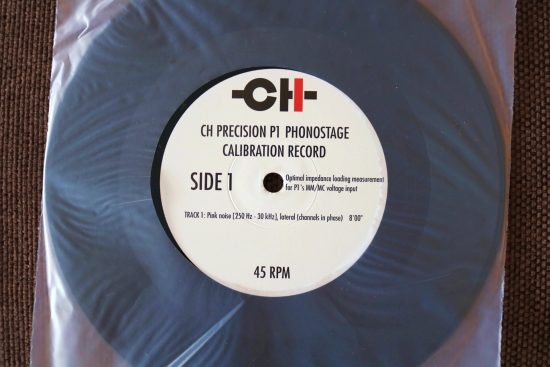
Above and below: CH Precision Calibration Record
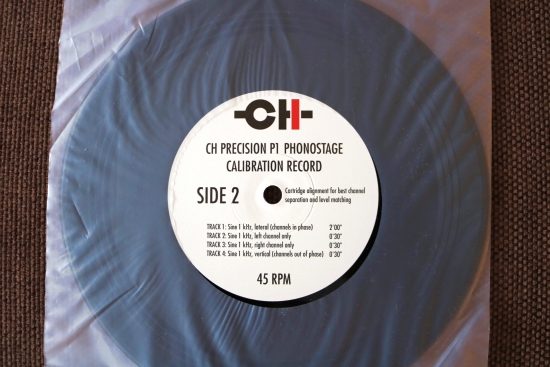
Gain and Loading Wizards
The Aidas Rainbow cartridge has a recommended loading between 100-1000 ohms. By ear, I had narrowed that down to between 280 and 315 ohms depending on the music and my mood. The lower range made the sound smoother and warmer while the higher range made the sound more articulate and livelier in the upper midrange. The interesting thing is that even a step of only 5 ohms can make for an audible difference, and so, you can very precisely tailor the sound to your liking. With the gain setting, you can obviously set the gain to match that of other sources in the system but it is worth noting that this also affects the upper bass clarity and impact, the midrange presence and the overall feeling of attack. For my taste, 70dB turned out to be the best setting.
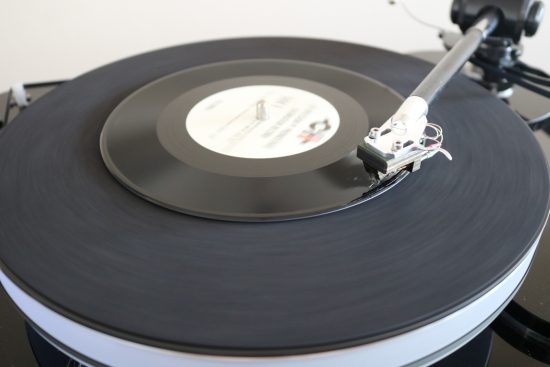
Playing the 45 RPM CH Precision Calibration Record
The P1 can be operated fully manually and given that this works comfortably from the listening position, that works brilliantly for me. But if desired, there are also two wizards that help select the best values. Alas, the wizards can only be used on the P1 itself, not via the tablet. The supplied 45 RPM test record contains a couple of test tracks among which pink noise and a 1kHz tone in mono, left only, right only and out of phase and the on-screen instructions of the wizards will tell you which side and tracks to play.
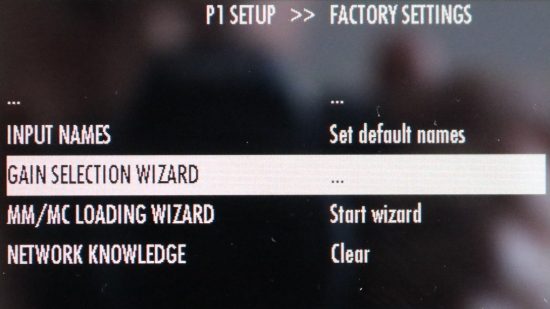
One of the wizards is for obtaining the optimum gain setting for best signal-to-noise ratio and the other is for obtaining the flattest frequency curve. The gain wizard is straightforward to use and it quickly selected 70dB as the optimum value. I couldn’t agree more.
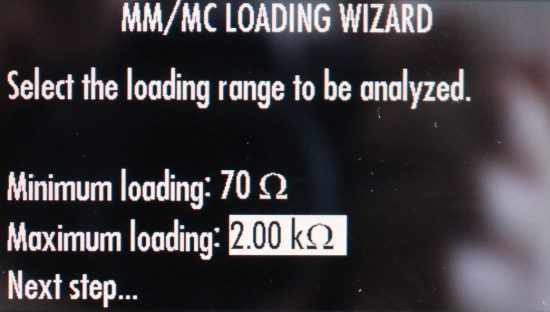
The loading wizard is a little bit more complex as it offers more options but nevertheless still simple as one simply follows on-screen instructions. After activating the wizard it asks to specify a minimum and maximum loading and these can be set to anything you like. If you already know that the optimum range is somewhere between 100-300 ohms, for example, simply choose those values to get a finely-grained spread of differences between the 20 measurements or choose a wider range to get the broadest spread between the 20 measurements.
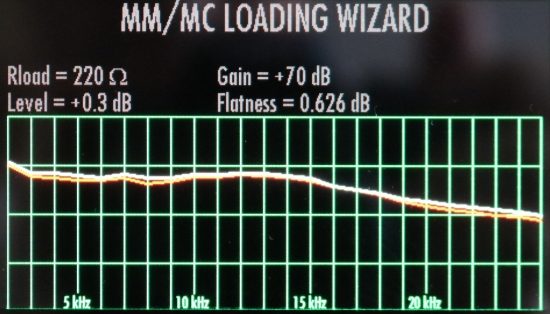
Once the procedure is complete (it takes only 20 or so seconds) you can scroll through all the different measurements to see which one is the flattest. Alas, this can only be done from the unit’s front panel (not via the tablet) so one has to choose a setting, walk to the listening position and listen, walk to the device and choose another setting, walk back, etcetera. Having a human assistant surely would help but I can’t help but wonder why this functionality cannot be controlled from the app on the tablet. In any event, for me personally, the displayed results were less important than my aural assessments. For instance, on the maximum range between the lowest and highest loading values, there were several instances where the deviation from linearity was pretty much equally low and/or the frequency curve pretty much similar. Judging from these frequency plots alone, I could not tell which would sound best. Upon listening to them, however, it was day and night. Well, maybe not that black and white but certainly a bright sunny day and a clouded day. My point is that while the graphs are great and provide insight, I don’t personally need them to get the best out of the P1. However, I know that there are many audiophiles who not only want something to sound right but also want it to measure immaculately. For those people, the Wizards will be super helpful.
Expandability
The base model P1 offers everything that I need with impeccable performance in its basic single-chassis form. But, like all CH products, the P1 can be extended to further enhance its performance by going True Monaural (two P1s working together, each one processing a single channel, one phono stage board in each chassis). And then, these configurations can be even further enhanced with the addition of one or two X1 external power supply units. Or one could take a simpler route by using the base stereo model and power it with a single X1 external power supply unit. That option is one that I may well investigate some time in the future, especially since an X1 unit can power two CH components.
Conclusion
The P1 offers the truth, the whole truth, and nothing but the truth. There is no flavoring or editorialization of the music signal. But there is also no added roughness, hardness, edge, glimmer, or shine. Er is geen flavour of smaak makerij. Maar er is ook geen enkele ruwheid, randje, glimmer of shine. Unlike many alternatives, the P1 refrains from imposing any character and it just lets the music speak for itself. It has a super-transparent, very articulate, and highly expressive delivery while also being entirely fluid and natural, highly lyrical, and super-engaging. It does not only offer brilliant performance, but it is also also the most flexible phono stage that I know to exist. Add to that full control via any Android tablet from the comfort of the listening position and it will be clear that the P1 is an absolutely amazing phono stage and my personal reference henceforth.


Read Also
CH Precision C1 and A1
CH Precision L1
CH Precision A1.5
CH Precision A1.5 compared to Soulution 711
An Interview with Raphael Pasche of CH Precision
External Links
Manufacturer: CH Precision
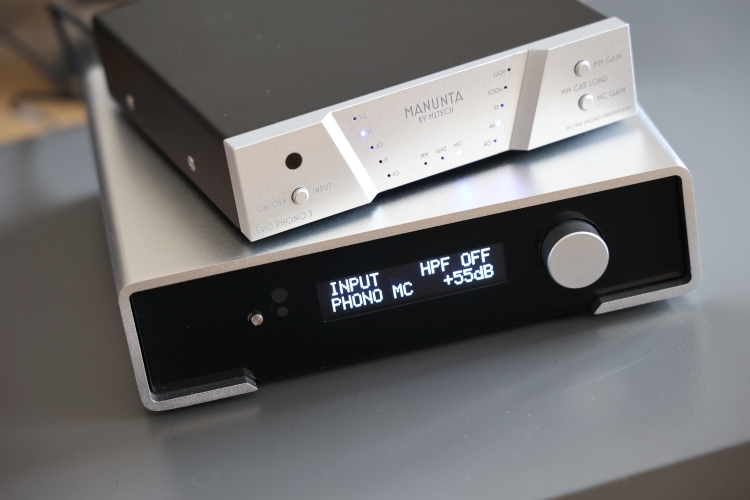
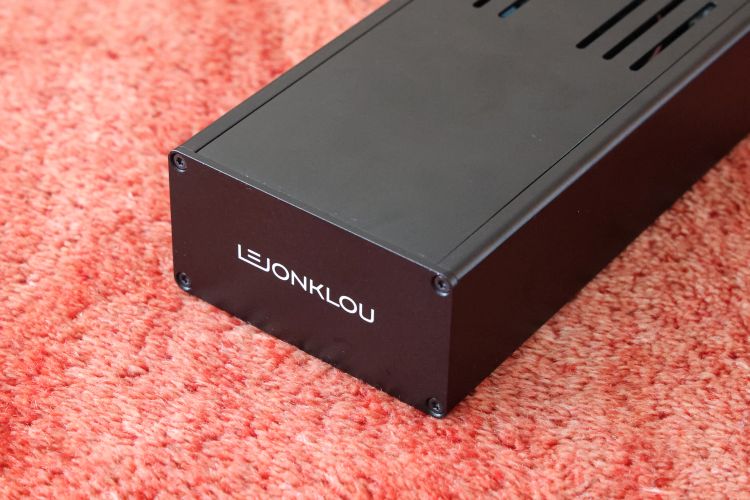
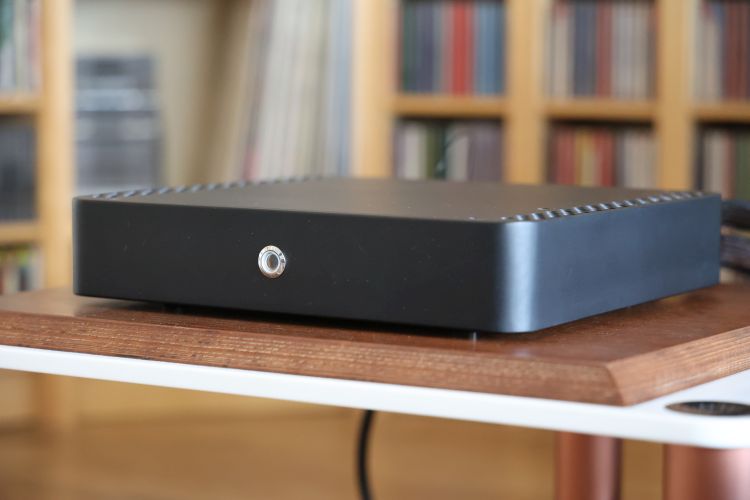
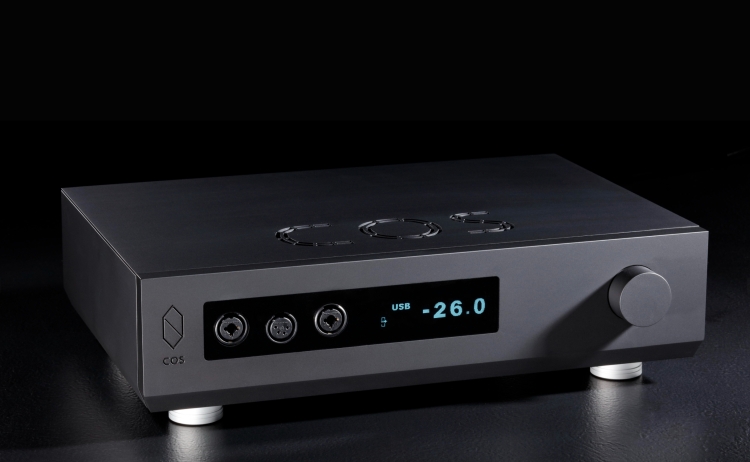
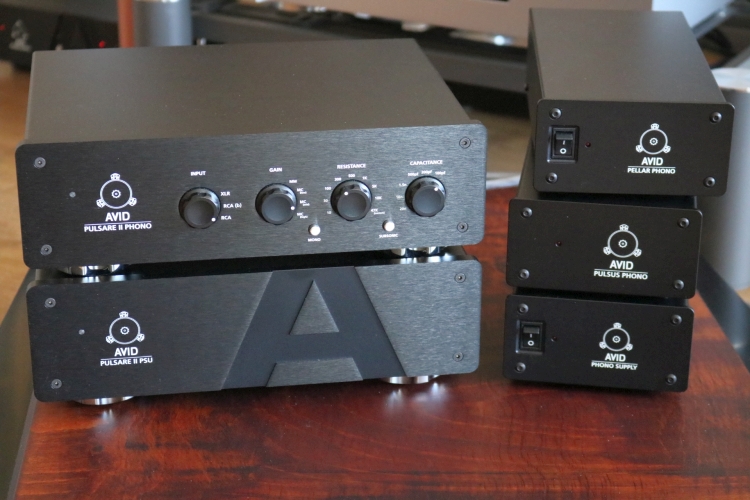
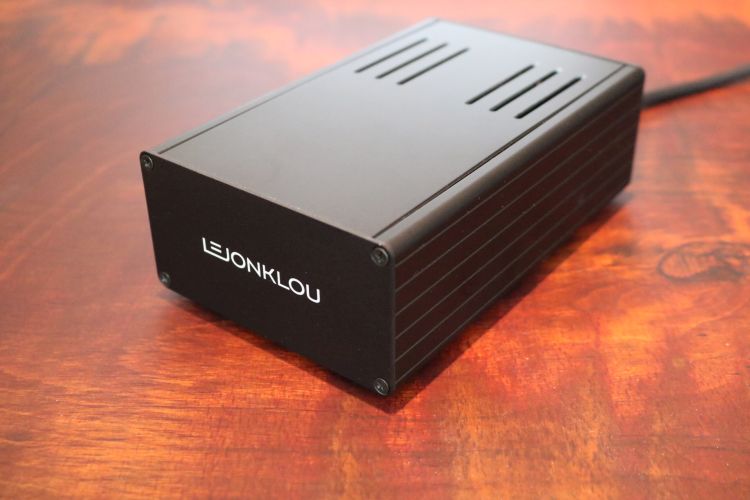
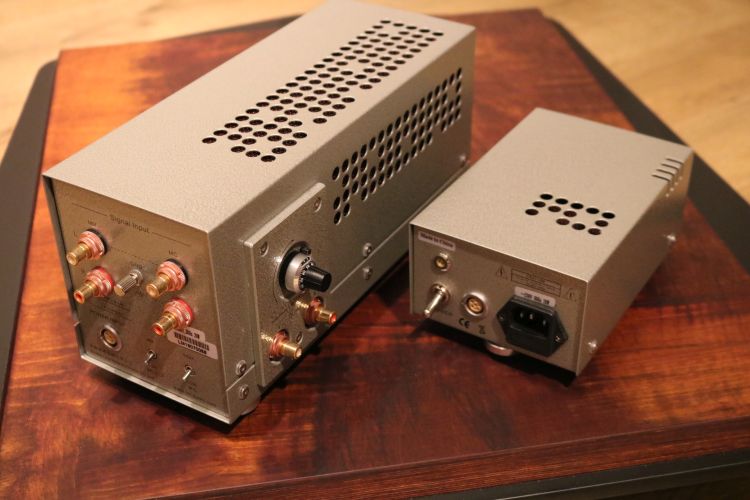
Dear Christiaan,
Nice review as always.
Could you bring some information on the platform used for the turntable ? How to find it ? Does it use feet on the rack ?
Thanks
Hi Patrick, that’s the Digital Server Platform made by Artesania Audio. It is coupled to the rack’s four pillars with adjustable spikes. See also the various Artesania reviews on this website.